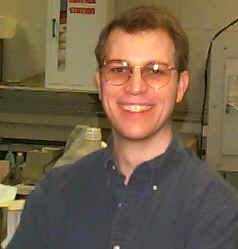
| The BCS Theory of | 
|
|---|---|
| Superconductivity |
R.J. Schoelkopf
Prof of Physics
Yale University
Prof Schoelkopf's Faculty Profile, Yale
Lecture
"Quantum Optics and Quantum Computing with Superconducting Circuits"
Abstract
In recent years, the interest in quantum information processing has spawned a wide range of experiments in the solid-state on artificial two level systems, or qubits. The BCS theory of superconductivity allows one to build low-loss electrical circuits, and to make qubits based on Josephson junctions. We can use these elements to make a system we call circuit quantum electrodynamics, which is a way to do new experiments in quantum optics with a superconducting integrated circuit. This approach leads to much stronger coupling of the ?light? and ?matter? than are possible with traditional atomic systems. We can access the usual strong coupling limit of cavity QED, as well as new regimes where the qubit and photon interact without exchanging energy. Here it is possible to perform quantum non-demolition measurements of both the qubit and the photon, and to generate single microwave (5 GHz) photons on demand. The advantages of this system for quantum information processing will also be discussed.
A Scientific Symposium
April 12-13, 2007Brown University
Providence, Rhode Island
Support from
the Charles K Colver Lectureship Publication Fundthe Office of the President, Brown University